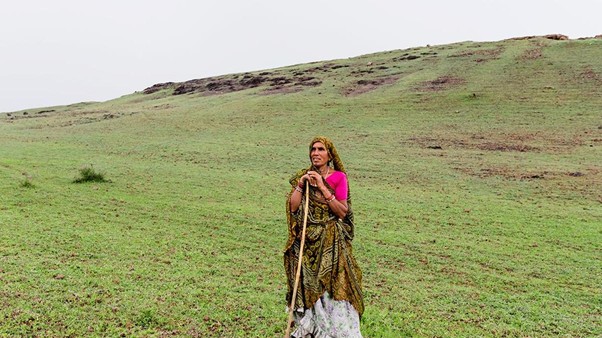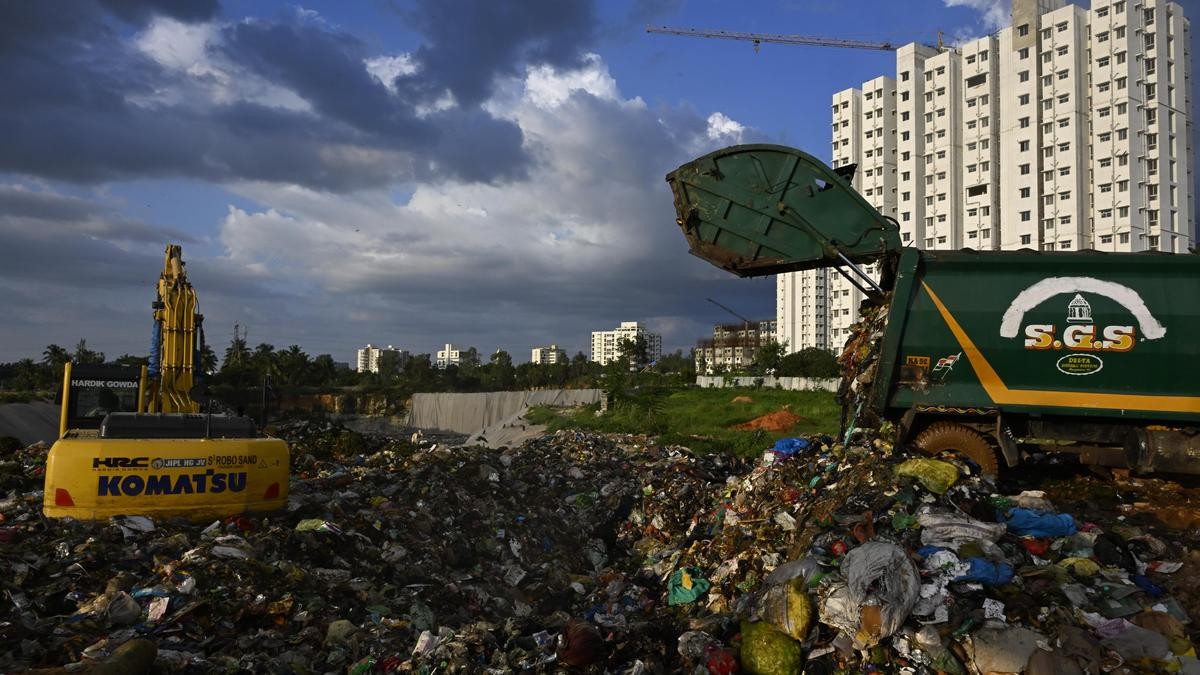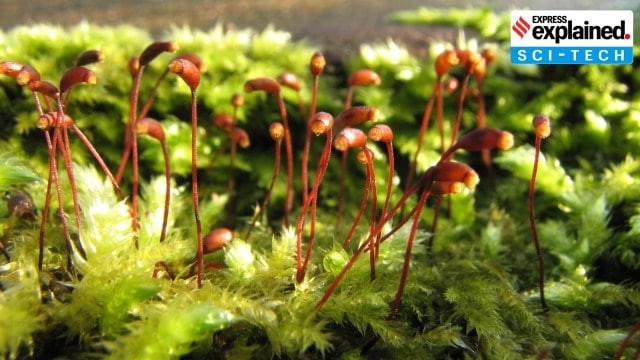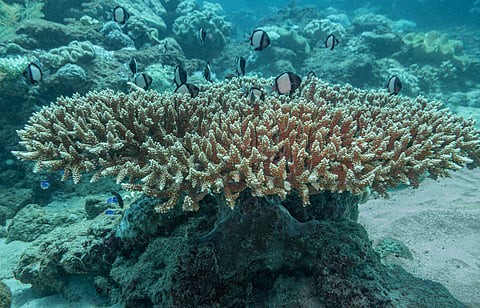




Disclaimer: Copyright infringement not intended.
India's ambitious Project Cheetah which reintroduced cheetahs to the subcontinent after 70 years of extinction is entering a new phase.
The Cheetah Project Steering Committee has approved the relocation of some cheetahs from Kuno National Park to the Gandhi Sagar Wildlife Sanctuary in Madhya Pradesh with the goal of establishing a meta population across a larger landscape.
|
Parameter |
Details |
|
Launched |
2022 |
|
Coordinating Body |
National Tiger Conservation Authority |
|
Initial Translocation |
8 cheetahs from Namibia and 12 from South Africa to Kuno National Park |
|
Objective |
Reintroduction of cheetahs into India after local extinction in 1952 |
|
Recent Setbacks |
Deaths of 8 adults and 5 cubs so far due to various factors including stress, heat and infection |
Constituted in May 2023 by the NTCA.
Functions
Monitor and evaluate the progress of Project Cheetah.
Advise on policy and scientific interventions.
Recommend habitat management and relocation strategies.
|
Factors |
Insights |
|
Overcrowding in Kuno |
Current population: 26 cheetahs (17 wild, 9 in enclosures) |
|
Mortality Concerns |
High death toll raised concerns over habitat suitability and carrying capacity of Kuno |
|
Meta-Population Goal |
Long-term objective to establish 60–70 cheetahs across a connected landscape |
|
Prey Base at Gandhi Sagar |
Includes chinkara, chousingha, nilgai and chital |
|
Feature |
Kuno National Park (Kuno NP) |
Gandhi Sagar Wildlife Sanctuary (GSWS) |
|
Location |
Sheopur and Morena districts, Madhya Pradesh |
Mandsaur and Neemuch districts, Madhya Pradesh |
|
Area |
~748 sq km |
~368.62 sq km |
|
Establishment Year |
Declared a National Park in 2018 (originally Wildlife Sanctuary in 1981) |
Established as Wildlife Sanctuary in 1974 |
|
Ecological Zone |
Semi-arid with dry deciduous forest |
Dry deciduous forest, part of Vindhyan ranges |
|
River System |
Kuno River, a tributary of Chambal |
Chambal River forms part of the boundary |
|
Flagship Species |
Asiatic lions (planned), Cheetahs (translocated from Namibia and South Africa) |
Leopard, Sloth Bear, Wild Boar, Chinkara |
|
Project Cheetah |
Yes – Kuno is the main site for cheetah reintroduction |
Identified as an alternate site for cheetah relocation |
|
Biodiversity Significance |
Rich in ungulates, predators, and avifauna |
High density of herbivores and resident birds |
|
Conservation Importance |
Considered for Asiatic Lion relocation from Gir; center of India’s cheetah revival project |
Important for landscape-level connectivity and species dispersal |
|
Tourism and Human Impact |
Human settlements relocated to expand core area |
Fewer human settlements; less tourism pressure |
|
Connectivity |
Part of a larger forested landscape, potential for corridor with Ranthambhore NP |
Near Gandhi Sagar Dam; ecological connectivity with Mukundara Hills |
|
Recent Developments |
Arrival of cheetahs under India’s rewilding efforts (since 2022) |
Proposed as second site under Project Cheetah in case of Kuno overcapacity |
|
Attribute |
Details |
|
Scientific Name |
Acinonyx jubatus |
|
IUCN Status |
Vulnerable |
|
Wildlife Protection Status (India) |
Schedule II of the Wild Life (Protection) Act, 1972 |
|
CITES Status |
Appendix I (Highest protection from international trade) |
|
Habitat Preference |
Open grasslands, savannas, and scrub forests |
|
Sexual Maturity |
Females: 20–24 months |
|
Breeding Season |
Year-round (peak during the rainy season) |
|
Gestation Period |
Approximately 90–95 days |
|
Litter Size |
Typically 3–5 cubs |
|
Lifespan |
10–12 years in the wild; longer in captivity |
|
Top Speed |
Up to 112 km/h (fastest land animal) |
|
Unique Features |
Non-retractable claws, tear marks on face for sun glare reduction |
Benefits of Relocation
|
Ecological |
Administrative |
Scientific |
|
Promotes gene flow between sub-populations |
Reduces pressure on a single park |
Opportunity to monitor adaptability across different habitats |
|
Helps maintain balanced predator–prey dynamics |
Allows better management of cheetah carrying capacity |
Informs future conservation of other large carnivores |
|
Challenge |
Explanation |
|
Habitat Suitability |
Gandhi Sagar must be equipped with adequate prey and low anthropogenic pressure |
|
Monitoring and Health |
Past deaths necessitate better health surveillance and acclimatization |
|
Human-Wildlife Conflict |
Risk of conflict due to proximity of human habitations |
|
Relocation Stress |
Cheetahs are sensitive to new environments, leading to possible adaptation issues |
Strengthen Prey Base in Gandhi Sagar through habitat enrichment.
Install GPS tracking and surveillance for real-time health and movement monitoring.
Public Awareness Campaigns to involve local communities.
Scientific Evaluation of relocation outcomes to inform future decisions.
Long term Planning for creating a transboundary cheetah corridor across Rajasthan–MP landscape.
Sources:
INDIANEXPRESS
|
PRACTICE QUESTION Q. Discuss the rationale behind relocating cheetahs from Kuno National Park to Gandhi Sagar Wildlife Sanctuary. What challenges does India face in implementing Project Cheetah, and how can these be addressed through a landscape-based conservation approach? 250 Words. |







© 2025 iasgyan. All right reserved